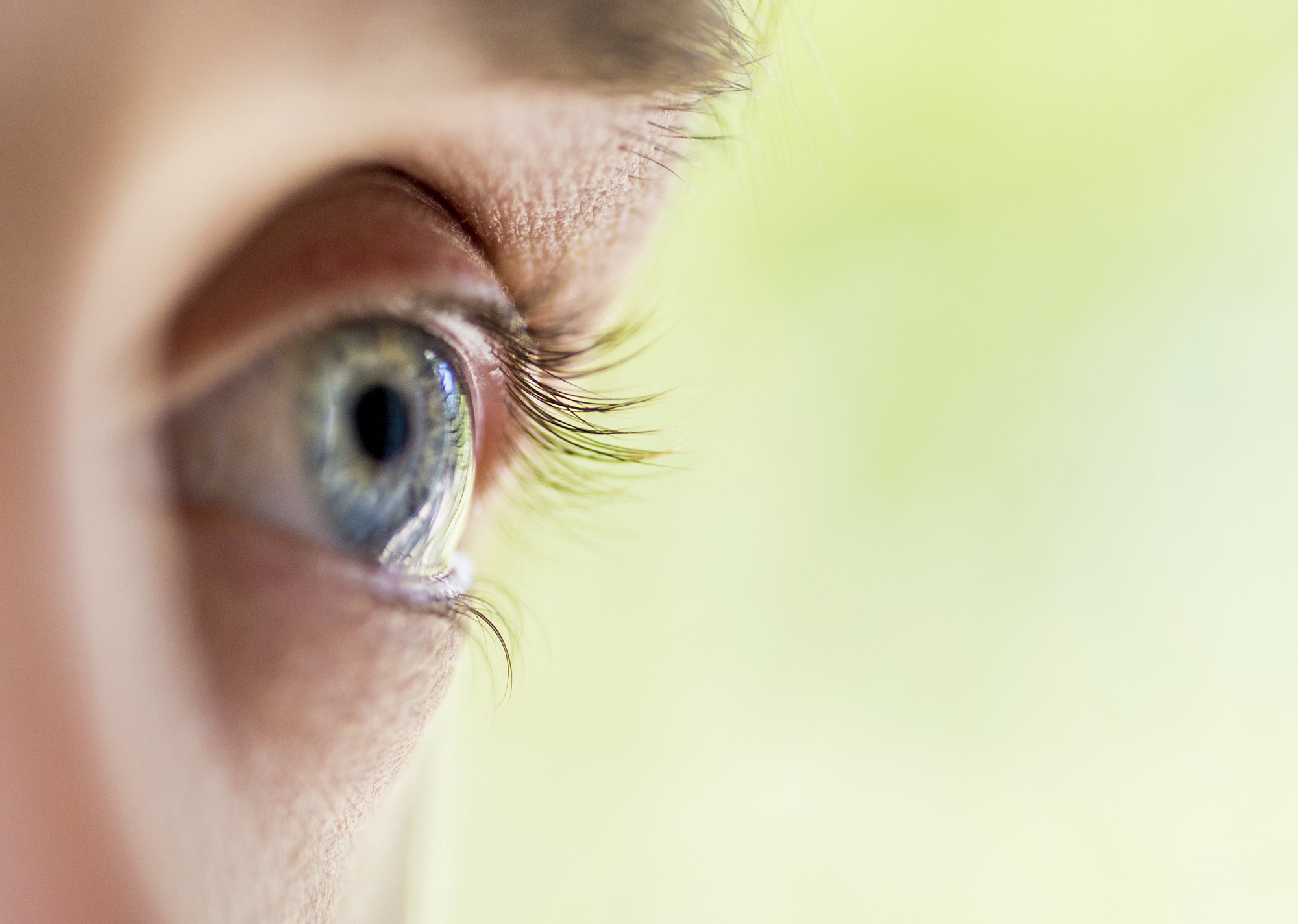Refractive laser eye surgery is a technique that allows you to correct defects of sight. These include myopia, astigmatism and hyperopia. But this type of intervention is not suitable for all people. Suitability can be established only through a series of thorough clinical examinations.
We spoke with Dr. Ingrid Maria Torres Munoz , coordinator of Refractive Surgery at Humanitas.
Will these examinations let someone know if they are suitable?
“We need accurate exams which are carried out through the use of our very advanced technology. The main tests are medical history research, study of the cornea with corneal topography and the wavefront. In addition, we study the endothelial cells of the cornea, the lens, cornea, tear film, retina and perform an examination of ocular motility with a visit to an optician”.
Who is usually suitable for refractive laser eye surgery?
“People who undergo refractive surgery are healthy people who have a visual defect. Individuals who are accustomed to wearing glasses or contact lenses but wish to improve their sight and thus the quality of their lives. Thorough screening before intervening with the sight of healthy patients is the key to success in our surgery”.
What technologies are available in Humanitas for the diagnosis?
“Currently in Humanitas we have the most advanced technologies on the market. We have the best surveyors and tomographic equipment which are more advanced. The latter, through the scanning of the cornea study the relationship between the corneal front surface and the rear. Furthermore they provide a map of the corneal thickness. Additionally, we have aberrometry which evaluates optical aberrations.
For some patients it can take more detailed examinations, such as the study of corneal biomechanics and the OCT (optical coherence tomography) of the corneal epithelium segment”.
What to do when suitability is questionable?
“Unfortunately, not all patients are suitable for refractive surgery. In doubtful cases the patient must undergo a period of observation of one, two or three years. During this period they will be assessed on the basis of possible changes of corneal parameters.
In cases where we are not able to provide a high percentage of security for the suitability, we perform additional tests. These include the study of corneal biomechanics. With it you can check the resistance and how the cornea reacts in certain conditions, and consequently obtain more information to determine the eligibility of the patient”.
What ages can be operated on?
“Age is not the most important criteria. In regards to the defects of view, the key word is “stability”. It is reached after 18 years, but for some defects after 25-26 years of age.
There is however an age limit. These interventions are also offered to those already operated on for cataract”.
For further information on refractive laser eye surgery click here
-
3,400 Physicians
-
110,400 Annual surgeries
-
190,400 Annual Inpatient Admissions
-
928,000 Patients



